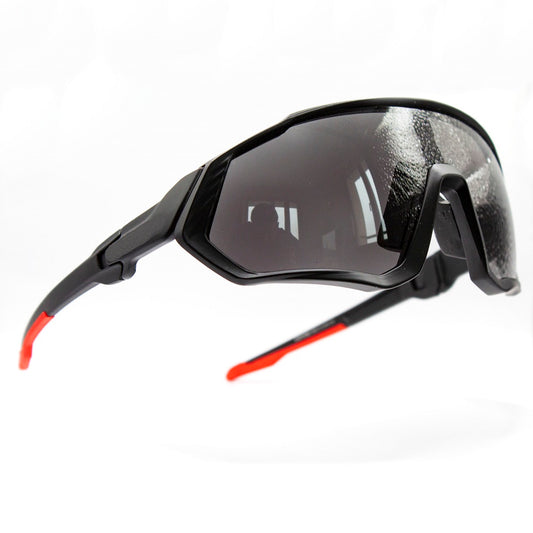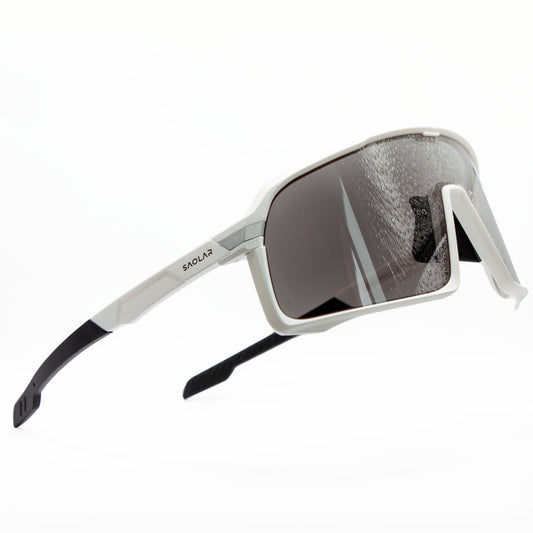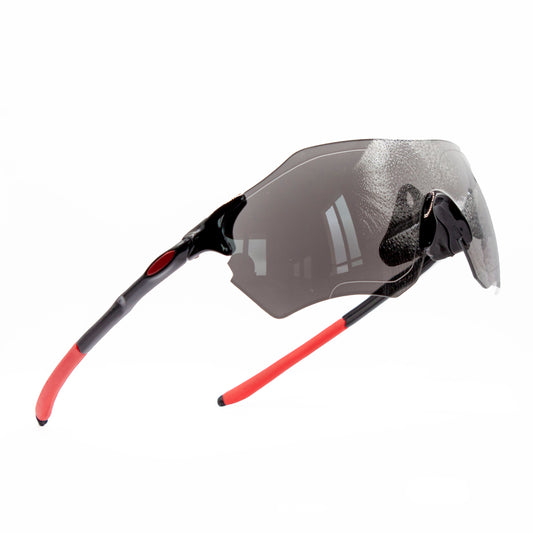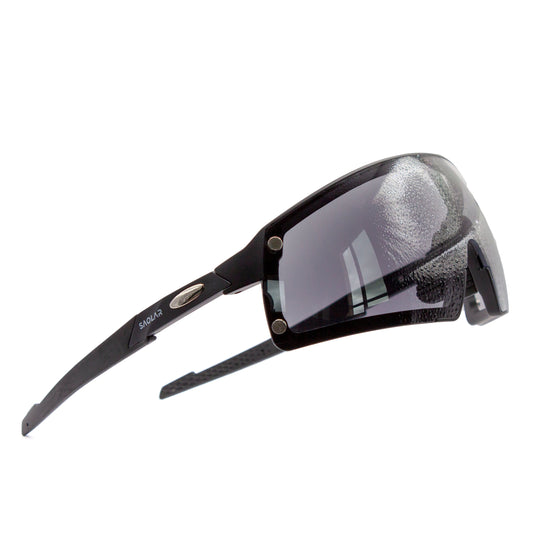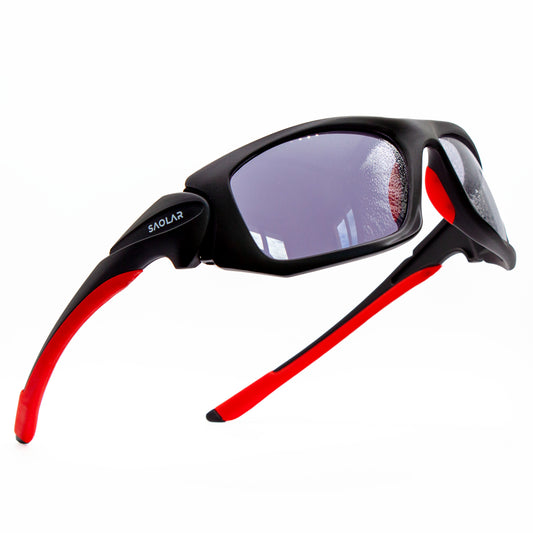Introduction
Biking, an activity enjoyed by millions around the world, is not just a leisurely pastime but also a vigorous exercise that targets various muscle groups, particularly the legs. When we talk about biking, the focus often lands on how it enhances cardiovascular health, but the impact on the muscle groups, especially the biking calves, is equally noteworthy. Whether you're a seasoned cyclist or a casual rider, the effect of biking on the calves is a topic of interest and importance.
For those wondering, "Does cycling work calves?" the answer is a resounding yes. Biking inherently involves the calves in several ways. The cyclist calves are engaged every time the pedal is pushed down, where they work in conjunction with other leg muscles to provide the force needed for movement. The action doesn’t just stop at propulsion; bike calves also play a crucial role in stabilizing and controlling the movement as the bike navigates various terrains.
The benefits of biking extend to both aesthetic and functional aspects of the calves. Aesthetically, regular riders often notice increased muscle definition and tone in their biking calves. Functionally, these muscles become stronger and more capable of enduring longer rides and more challenging climbs. This dual benefit makes biking an excellent choice for those aiming to enhance their lower body strength and appearance.
In the sections to follow, we will delve deeper into how cycling engages the calf muscles, what benefits this brings, and how you can maximize your calf workouts while riding. Whether you're cycling indoors or hitting the mountain trails, understanding the mechanics and advantages of biking for your calves will help you make the most of your pedal power.
Understanding Calves Muscles in Cycling

Cycling is more than just a test of endurance and strength; it's a dynamic exercise that engages multiple muscle groups, with a significant focus on the calves. The calf muscles, primarily the gastrocnemius and soleus, are crucial for effective pedaling. These muscles are located at the back of the lower leg and play pivotal roles during cycling.
The gastrocnemius and soleus form a powerful duo that impacts pedaling efficiency. When you push down on the pedals, the cycling calves contract, providing the necessary force to propel the bicycle forward. This action is supported by the larger muscles of the thighs, but the agility and the quick responses required with each pedal stroke largely depend on the bicycle calves.
Moreover, these muscles are not just about power; they also help in the stabilization of the leg, ensuring that each stroke is smooth and balanced. The efficiency of your pedaling doesn’t just come from how hard you can pedal, but also from how effectively your body performs these repetitive motions, which can be significantly enhanced by strong and resilient calf muscles.
As cyclists push against the resistance of the pedal, especially when climbing hills or sprinting, the calf muscles are engaged continuously, which not only builds muscle mass but also enhances the muscular endurance of the cycling calves. This is crucial for long-distance cycling where stamina and muscle endurance play critical roles.
Understanding the role of these muscles in cycling helps emphasize the importance of strengthening them not just for better cycling performance but also for overall lower-body fitness. Strengthening the calves leads to better support for the entire leg and can improve your cycling technique, making every ride more effective and enjoyable.
Benefits of Biking for Calves
Engaging in regular biking is not only beneficial for cardiovascular fitness but also excellent for strengthening and toning the calf muscles. Whether you're sprinting on flat surfaces or powering up hills, each biking session can contribute significantly to the development of biking for calves.
Strengthening and Toning
Biking involves continuous leg movement, predominantly using the calves for the push and lift of each pedal stroke. This repetitive action ensures that the biking calves are constantly engaged, leading to increased muscle tone and strength over time. Regular biking, therefore, not only enhances the size and definition of these muscles but also improves overall leg strength, which is crucial for better stability and endurance in other physical activities.
High-Intensity and Endurance Biking
The intensity of your biking workout plays a crucial role in how your calves develop. High-intensity biking, such as sprinting or tackling steep inclines, demands explosive power from the calf muscles, which can lead to significant muscular gains and does biking build calves in terms of both strength and explosiveness. On the other hand, endurance biking, which involves longer sessions at a more moderate pace, helps in enhancing muscular endurance, making the calves more resistant to fatigue. This is particularly beneficial as it translates to better performance during prolonged physical activities.
How to Maximize Calf Development Through Cycling
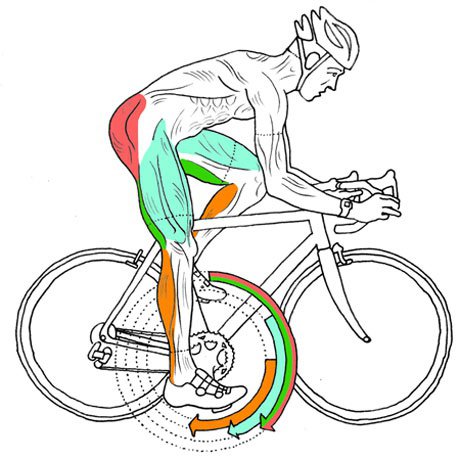
Enhancing calf muscle development through cycling involves more than just pedaling harder or longer. The right techniques and bike setup are crucial for engaging the calves effectively and maximizing the benefits of your cycling sessions.
Optimal Bike Setup
Proper bike setup is essential for effective calf engagement and overall muscle use during cycling. Ensuring that your bike is adjusted to fit your body ergonomically can make a significant difference in how your muscles, including your calves, are used. The height of the saddle, the position of the handlebars, and the placement of the pedals should allow for a comfortable posture while also enabling full and effective pedal strokes. This setup not only enhances performance but also minimizes the risk of injury.
Cycling Techniques for Enhanced Calf Engagement
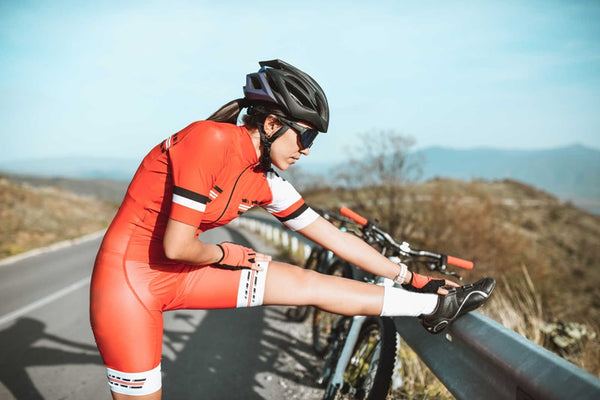
To specifically target the calves during cycling, focus on the pedal stroke where the push and pull movements are most intense. Engage your calves by emphasizing the downstroke and pulling up with your toes during the upstroke, which can be facilitated by using clipless pedals. These techniques ensure that your cycling calves are actively involved throughout the cycling motion, leading to greater strength and endurance development.
Additionally, varying your cycling routine by including hill climbs and sprint intervals can significantly enhance calf development. These activities require explosive power from the calves, thereby stimulating muscle growth and strength.
Incorporating Endurance Training
For those looking to improve both strength and endurance in their calves, incorporating longer, steadier rides into your training regimen is beneficial. Endurance cycling helps in building muscular stamina, allowing you to ride longer without fatigue. For detailed plans on building cycling endurance, consider following structured training programs.
Expert training plan tips for building endurance.
By focusing on these aspects, cyclists can maximize their calf development, leading to better performance and more robust lower body strength.
Pre-ride and Post-ride Calf Care
Caring for your calves before and after each cycling session is crucial for enhancing performance and preventing injuries. Properly warming up and cooling down are essential routines that target calf health, ensuring that these muscles are prepared for the strain of biking and recover effectively afterward.
Importance of Warming Up
Warming up before a ride prepares your muscles for the physical stress of cycling, improving circulation and gradually increasing your heart rate. This process is essential for preventing calf strains and other muscle injuries. Start with a gentle cycle for five to ten minutes at a light intensity to get the blood flowing to your cycling calves. Following the initial warm-up, perform dynamic stretches to enhance flexibility and mobility.
Effective Calf Stretches
Stretching is vital for maintaining muscle health and performance. Here’s a simple step-by-step guide to effectively stretching your calves:
- Wall Push-Up Stretch: Face a wall with your hands flat against it. Step one foot back, keeping it straight with the heel on the ground. Bend the front knee until you feel a stretch in the back leg's calf. Hold for 15-30 seconds and switch legs.
- Downward Dog: From a high plank position, lift your hips up and back, pressing your heels towards the ground. This yoga pose not only stretches your calves but also your hamstrings and back.
For more detailed stretching routines, check out Master stretching for cyclists in minutes.
Importance of Cooling Down
Post-ride, it’s important to cool down to bring your heart rate back to normal gradually and start the recovery process for your muscles. Spend five to ten minutes cycling at a reduced pace. After cooling down, repeat the calf stretches to reduce stiffness and soreness.
Post-cycling care is essential, especially if you experience discomfort in areas other than your calves. For tips on dealing with a sore bum after rides, refer to How to treat a sore bum after cycling: Comfort tips for riders.
By prioritizing pre-ride and post-ride calf care, cyclists can enhance their performance and minimize the risk of injury, ensuring that every ride is enjoyable and pain-free.
Common Issues and Solutions While Biking
Biking, while an effective form of exercise and recreation, can occasionally lead to muscle-related issues such as calf strains and cramps. Understanding these common issues and how to address them can help enhance your cycling experience, keeping it both enjoyable and pain-free.
Addressing Calf Strains and Cramps
Calf strains and cramps while biking are often due to overexertion or inadequate warm-up and cool-down routines. To prevent these issues, ensure a proper warm-up before starting your ride and a cool-down period afterward. If cramps do occur, it's essential to pause your ride and gently stretch the affected muscles. Gradually increasing the intensity and duration of your rides can also help your muscles adapt more efficiently, reducing the risk of strains.
Hydration and Nutrition
Proper hydration and nutrition play critical roles in preventing muscle cramps and maintaining overall muscle health. Dehydration can lead to electrolyte imbalances, which are often a precursor to muscle cramps. It's crucial to hydrate before, during, and after your rides. Additionally, maintaining proper salt levels in your body can prevent cramping. Consuming electrolyte-rich beverages or snacks can help maintain these levels, especially during long or particularly strenuous rides.
For more on optimizing your biking experience and additional tips on bike-related maintenance and care, check out Why cyclists shave their legs: The secrets behind smooth rides.
By addressing these common issues directly and adhering to recommended practices for hydration and nutrition, you can minimize discomfort and enhance the overall effectiveness of your biking workouts, leading to a healthier and more satisfying cycling experience.
Conclusion
Throughout this article, we've explored how biking effectively develops and strengthens the cycling calves. Regular biking not only enhances the muscle mass and definition in the calves but also improves overall lower body strength and endurance, making it an ideal activity for fitness enthusiasts looking to boost their leg power and endurance.
Biking offers a versatile approach to fitness that accommodates both high-intensity and endurance training, helping you build stronger, more resilient calf muscles. By incorporating varied cycling routines and ensuring proper bike setup and posture, you can maximize the calf-building benefits of your rides.
We encourage all readers to integrate biking into their fitness regimes to see the real benefits in calf development and overall physical health. For more detailed tips and techniques on enhancing your cycling experience and taking care of your body during and after rides, be sure to explore the links provided throughout this guide.
To further enhance your cycling knowledge and receive more expert advice, don't forget to check out additional resources such as Master stretching for cyclists in minutes and other insightful articles on our site. Take your biking to the next level and enjoy the journey to better health and stronger calves!



